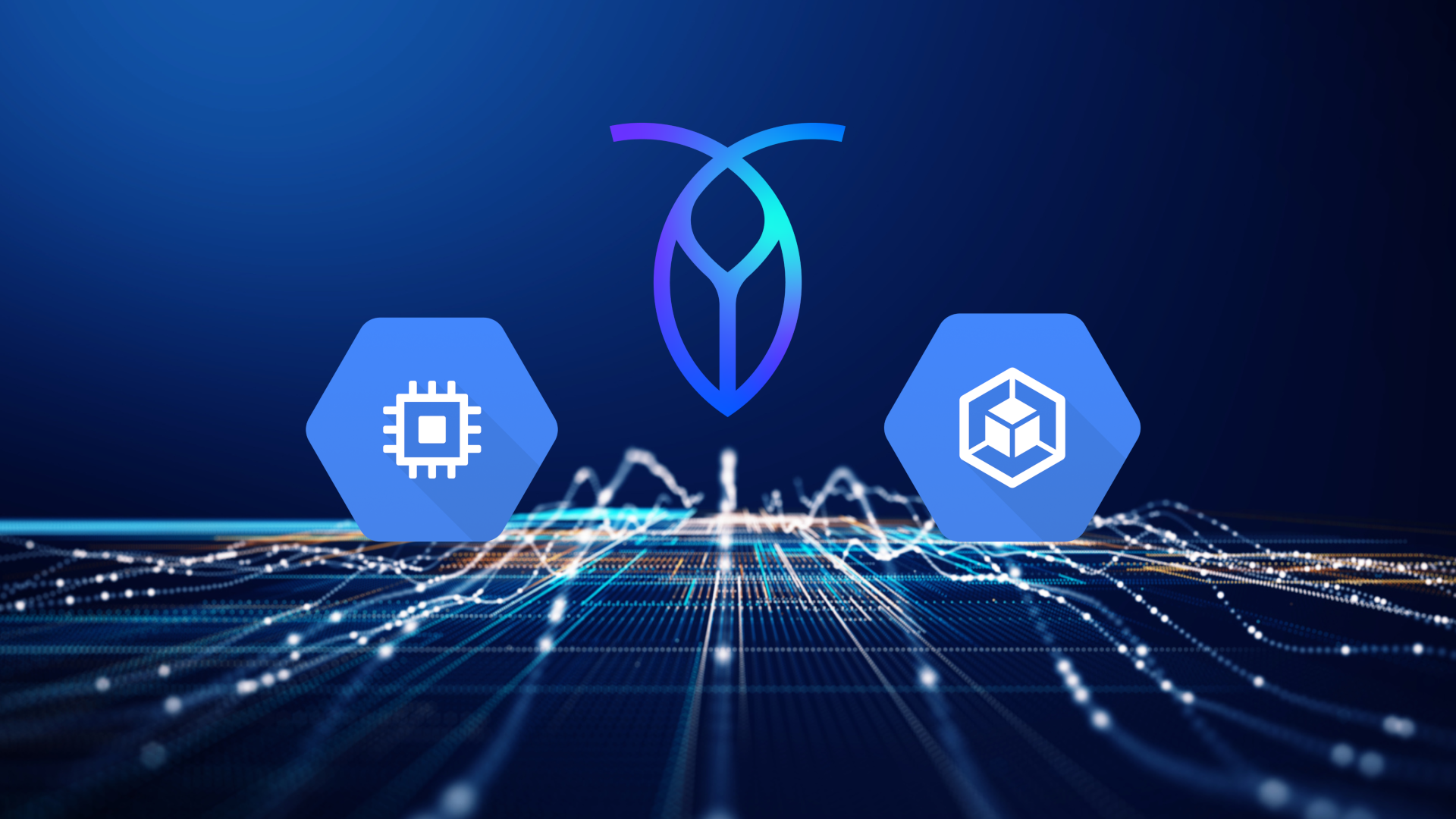Modern hyper-growth merchants do not want to manage complex payment system architecture. They want to expand network tokenization offerings and make their systems more automated and API driven. Merchants like SeatGeek, for example, want to build a ticket sales system that makes payment processing simple and performant for their end users.
The challenge for merchants like SeatGeek is that they need to adopt modern tools and push for automation while also continuing to meet all the standard data protection requirements of the financial services industry.
At the most fundamental level, when merchants migrate from single datacenter architecture to a cloud-native, distributed architecture the data has to stay safe (at rest and in flight) and consistent.
It requires a specific set of tools to meet fintech security standards while also modernizing the tech stack and distributing the data. That’s exactly the journey that Spreedly embarked on when they decided to migrate their payments orchestration service from a legacy database to CockroachDB.
What is payments orchestration?
Payments orchestration is a service that connects different pieces of the payments system such as different service providers (fraud providers, network tokenization providers…) to make an inclusive payments ecosystem that is highly reliable, performs well for customers, and meets the needs of merchants.
Merchants want a payments orchestration system that covers all the security bases (PCI compliance, tokenization, risk profiles…) while also streamlining the end user experience, which will help with customer retention.
Spreedly has built an API that allows merchants to connect to the global payments ecosystem. In spirit, Spreedly wants to be a service that helps foster a more diverse and open payments ecosystem. Their API accomplishes this by meeting the technical and business demands of payment services in a way that isn’t cost prohibitive for smaller merchants.
In order to meet those technical and business requirements Spreedly had to migrate away from their on-premise approach to a more modern cloud-native approach.
SQL and scale in cloud-native payments platforms
Spreedy was using a NoSQL key-value store database when they ran into issues with their secondary index and had performance problems. Scaling the NoSQL database became problematic when they migrated from the comfort of a set of servers in-house to the public cloud and multiple different regions.
Security also became more complex when Spreedly moved from a single datacenter to multiple datacenters where they have a little less granular control. The lack of control meant that Spreedly needed to carefully choose technologies that enable security from the foreground.
These challenges with NoSQL, scale, and security steered Spreedly towards a concrete list of requirements for their database:
Ability to meet security requirements
High availability to meet business demands
Performance for a global audience
Cloud-native solution
Consolidating legacy systems with CockroachDB
CockroachDB exceeded Spreedly’s expectations by not only meeting the database requirements but also offering other features that allowed Spreedly to consolidate multiple legacy systems into a single system.
In Spreedly’s architecture, there were self-built systems in the data storage layer, the analysis layer, and the secondary index layer that are now all consolidated in CockroachDB. This is possible because of CockroachDB’s out-of-the-box alerting and monitoring features, the data partitioning features, as well as the change data capture capabilities.
What data is stored on CockroachDB?
CockroachDB is used by Spreedly to store application data which is primarily transactional data. For a payments orchestration service ‘transactional data’ is the data that customers use to connect with their customers.
Payments orchestration services move customer requests to different service providers, gateways, fraud vendors, and network tokenization providers within the e-commerce and the payments ecosystem. Spreedly’s transactional data is essential because their customers need to have the most up-to-date record of their activity. The correctness of that transactional data, in near real-time, is a hard requirement.
Fairness in the future of payments orchestration
Spreedly’s push to modernize their payments orchestration architecture is a direct response to the needs of the merchants they support. Modern merchants like SeatGeek, Rappi, Modo, and others want the flexibility to connect to different service providers. It helps create more equanimity in the industry. That equanimity makes it possible for smaller merchants to offer their customers more affordable solutions.
With the addition of CockroachDB, Spreedly has consolidated their tech stack, increased automation, and pushed data closer to their growing global customer base, while continuing to meet the security standards required of any financial services technology. In the future, Spreedly will continue to add regions to their database topology as they gain adoption in different countries around the world.




